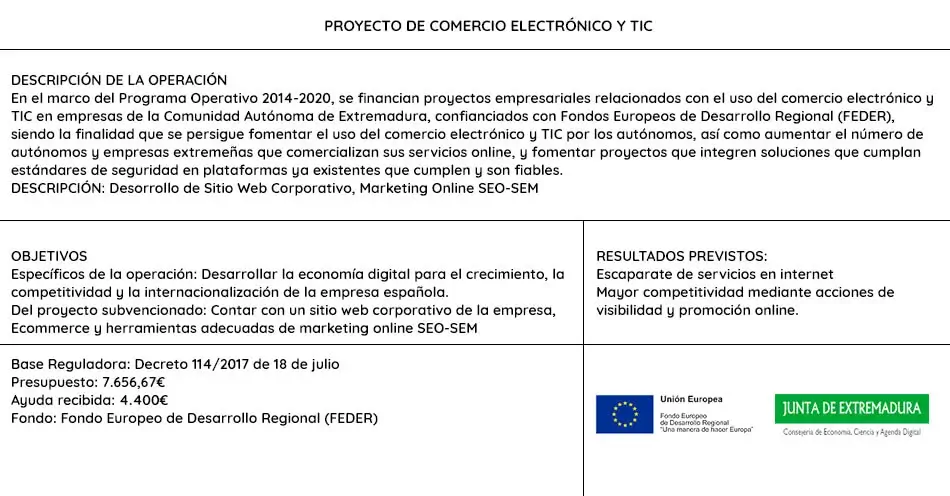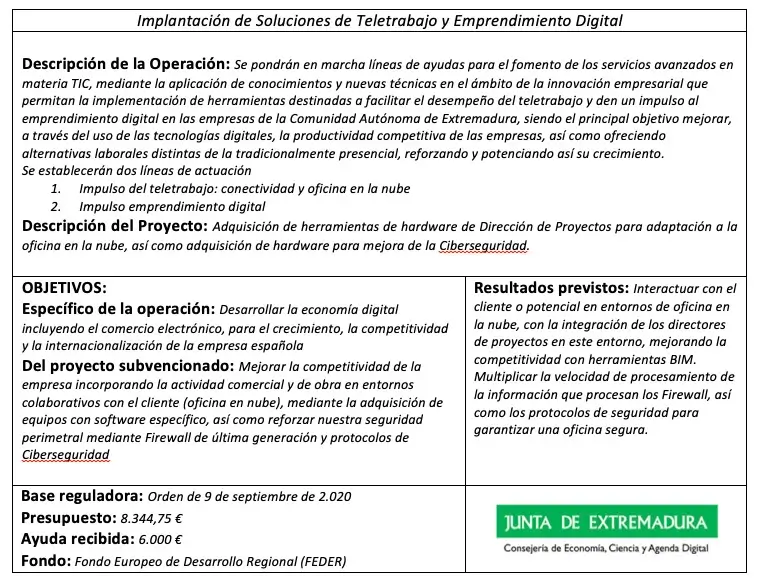The new paradigm: "The Digital transformation".
What is Digital transformation?
Industry is using new technologies such as the internet of things, robotics, artificial intelligence, big data analytics, etc. to build new business models or increase productivity.
While the applications have significant potential, only some organisations are ready to take full advantage of them, which is fuelling a debate about the productivity impact of digital investments. Organisations need to identify where best to leverage their investments and do so in those initiatives that will have the most positive impact on their bottom line.
 Most business leaders understand the potential effect of digital transformation on industry, yet many do not see a clear path to closing the gaps that inevitably occur when innovation moves faster than existing organisational and societal frameworks. This creates a gap between the strategic intent of digitisation-driven leadership and its operational execution.
Most business leaders understand the potential effect of digital transformation on industry, yet many do not see a clear path to closing the gaps that inevitably occur when innovation moves faster than existing organisational and societal frameworks. This creates a gap between the strategic intent of digitisation-driven leadership and its operational execution.
The latest data clearly shows that industrial transformation is already a fact that is delivering results and that now is the time to design a digital transformation plan as a strategic pillar in the future of companies.
Will it be an easy path for those who initiate it?
We are living in times when companies around the world face a great challenge in managing rapid change and the need to adapt to the rapidly changing circumstances characteristic of the technological era.
However, the failure rate of end-to-end transformation initiatives is between 60% and 85%. It is perfectly understandable that business leaders are somewhat wary of digital transformation in general and more specifically in the new form of data-driven business management.
Will be need to find a partner to tackle it?
The transformation required by the industry is a complex process, a change in the culture of the organisation that not only requires a significant investment in technology, but also the commitment of all employees, who must assume a profound change in their usual way of working.
The role of the technology partner is fundamental, as it will accompany the company throughout the transformation process. He or she will offer the most appropriate technological proposal for the company's profile, guiding the general management, which usually does not have the necessary knowledge of technological innovation.
Due to the important role, it plays in the digital transformation process of an organisation, when choosing a technology partner, it is highly recommended that it be a partner that the company can trust, that has the capacity to implement the most advanced technology and that has extensive experience in its economic sector.
Today more than ever, industries need a reliable and expert technological partner, with a 360º, multi-level and multi-industry vision, to accompany their entire process of transformation, growth and positioning in the market.
How to make a 360º Transformation Plan?
When talking about a Digital Transformation Plan in industry or Industry 4.0, it is necessary to distinguish between two completely independent lines, which, although they may overlap at certain points, will have very different approaches in terms of the return-on-investment horizon and their immediate impact on the income statement.
 The approach must combine the DIGITAL and INDUSTRIAL vision, both internal and external, in order to develop a 360º Transformation Plan aligned with the expectations that will lead us to the desired vision.
The approach must combine the DIGITAL and INDUSTRIAL vision, both internal and external, in order to develop a 360º Transformation Plan aligned with the expectations that will lead us to the desired vision.
Proper data management will allow us to remain competitive in the medium and long term, and this is achieved through a coherent and targeted Digital Transformation plan. These types of digital transformation plans last for several years until they begin to show results. To be able to tackle these plans with confidence, companies need to make steady and sustainable financial progress, and this is where Industrial Transformation plans come in as a complement to achieve rapid impacts on the income statement that serve to finance the Digitalisation plan in the short term.
What would be the basis for its development from a data management point of view?
When developing an industrial transformation plan from the point of view of data, it is essential to think about Systems: SCADA, CMMS, APS, WMS, MOM.
What would be the basis to developing it from a production point of view?
What is pursued when developing an industrial transformation plan from an operational (not a data) point of view can be summarised in the following lines of action:
• Adapting old machinery to integrate it into a digitalisation project.
• Achieve rapid economic impacts to finance the digitisation plan through the reduction of direct labour and an increase in productivity.
And to achieve this, the following levers are the main ones to be acted upon:
• Industrial and collaborative robotics
• Process automation
• Retrofitting of machinery
• Automated Guided Vehicles (AGVs)
What is industrial robotics?
Industrial robotics (together with process automation) are the pillars that have made the consolidation of Industry 4.0 possible, as well as bringing with them numerous benefits for productivity and efficiency of production resources.
The different models of industrial robots that are currently in place eliminate the subjective factor of human decisions, achieving lower margins of error and more precise processes, while at the same time freeing the workforce from repetitive or dangerous tasks.
From a purely economic perspective, these are investments with relatively quick returns.
What is collaborative robotics?
These devices represent a complete innovation in the industrial sector. Their integration in companies is increasing and becoming more standardised in sectors that were not viable before.
This is due to the great advantages and benefits that they provide to companies through their use.
As a result, they have been introduced in 90% of the industry. Thus, all these features make collaborative robots’ ideal tools for small and large companies.
▪ Being able to interact with humans in the same workspace without the need to install security measures.
▪ They are small in size, facilitating their ability to adapt to the environment in which they are located.
▪ Its price is reasonable and affordable compared to traditional robots.
▪ Specialised technicians for assembly and start-up are not required.
▪ The investment made in them will be amortised in a short period of time.
▪ They optimise the productivity of any company.
▪ They can be reconfigured to operate at different points in a production line.
What is machine retrofitting?
In most industries there is machinery that although it is not suitable for integration into a digitalisation plan due to the age of its control elements, it still fulfils its function perfectly. The retrofitting of a machine consists mainly of updating its drive and control systems using current technology.
What are automated guided vehicles (AGVs / AMRs)?
Automated Guided Vehicles or AGVs (Automated Guided Vehicles) are autonomous vehicles capable of driving on predefined paths automatically for use in a variety of pick-up, transport and storage applications. They run on battery power for several hours and are very efficient.
There are different types depending on the load, the variety of auxiliary equipment and their applications.
▪ Moving large loads over long distances.
▪ Automated distribution and storage of products.
▪ Unit load carriers between production lines.
What are you doing at ARRAM Consultants to help your clients tackle the digitalisation of their companies?
The first thing we have done is to look for a technological partner with experience and references to establish a strategic alliance. The company chosen is DEUSER (www.deuser.es), with whom we are working successfully with our clients.
At the moment, Digitalisation and Sustainability are two of ARRAM's major strategic commitments, but we are convinced that in the coming years, they will become two of our fundamental pillars of work.
We are in turbulent times in which we have to continue to compete and the best way to do this is to look at how to reduce our costs, and digitalisation is undoubtedly a tool to achieve this. At ARRAM we believe that digitalisation is not an option, but a necessity, and to this end we must take advantage of European funds to transform our industrial processes, making them more digital, more sustainable and, in short, more competitive.




